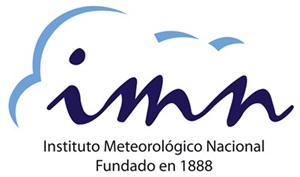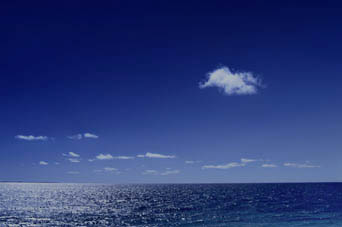Meteorological instruments
By: Luis Fdo. Alvarado lalvarado@imn.ac.cr Department of Climatology and Applied Research
All scientific study of the atmosphere is, above all, accurate weather data. Our senses and mainly the sight and touch enable us to estimate a large number of observations. For example, we can observe the amount of clouds in the sky or determine the direction of the wind by the movement of the leaves or a column of smoke. These observations are called sensory observations.
However, our senses are not enough and we have to resort to the instruments. For example, although a person can determine if the atmospheric pressure is rising or falling, you may not know the exact value of this, for which it is necessary to refer to an instrument. In this case, the observations are called instrumental observations.
The elements that are measured with the help of instruments are as follows:
- Duration of insolation, or solar shine.
- Temperature of the air, water or soil.
- Atmospheric pressure.
- Moisture in the air.
- Speed and wind direction.
- Height of the base of clouds.
- Amount of rain.
- Amount of evaporation.
- Solar radiation.
The quality of data on the extent of the weather elements much depends on the installation of instruments. The choice of the location of the instruments must be such that it has been representative of the conditions of the environment that surrounds them therefore it will be necessary to avoid any immediate influence of trees or buildings, steep slopes or tops.
Meteorological instruments for scientific purposes, must meet the following requirements: regularity in the performance, accuracy, simplicity in design, ease of handling and solidity of construction.
According to the mode for reading, meteorological instruments can be divided into two basic categories: instruments of direct reading and recording devices. The first are more accurate, but each measure needs a reading. The latter refer to instruments in which the movement of moving parts is extended by levers, acting on a pen register on a strip of paper wound around a drum driven by a clockwork mechanism. These bands are graded to determine the exact time of each point on the curve that is registered.
Then document (s) related (s) with this important issue:


